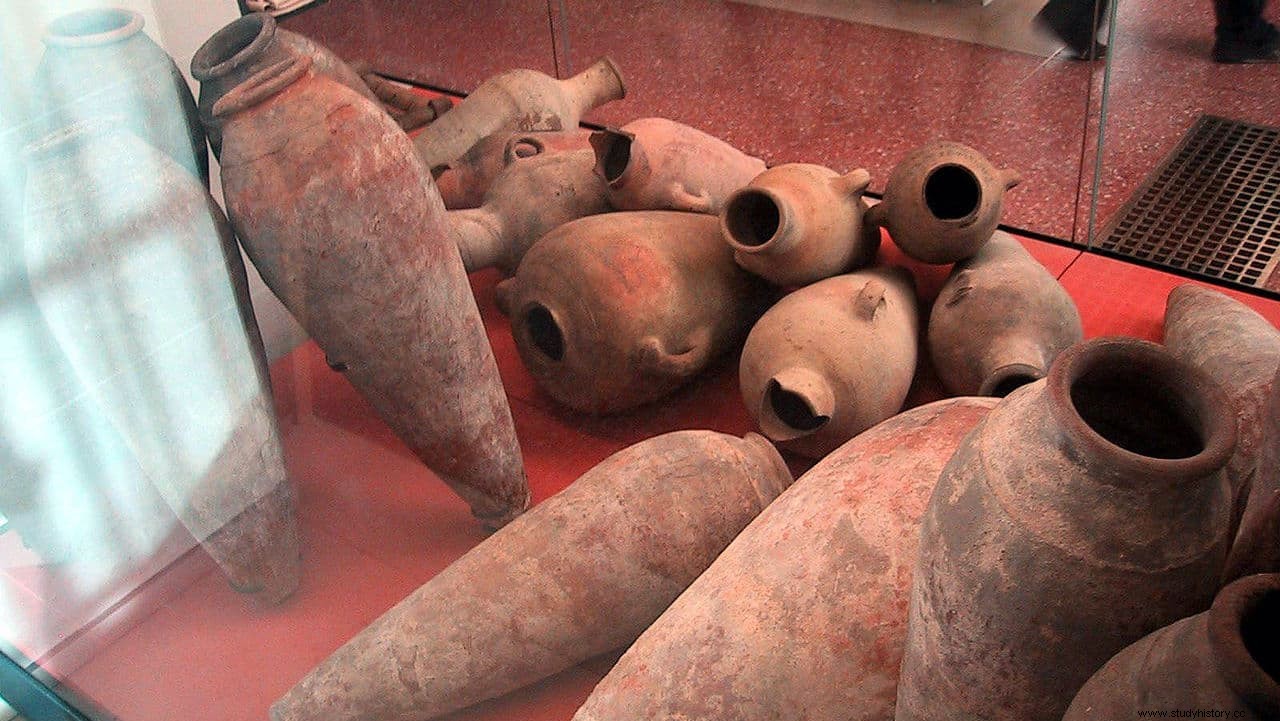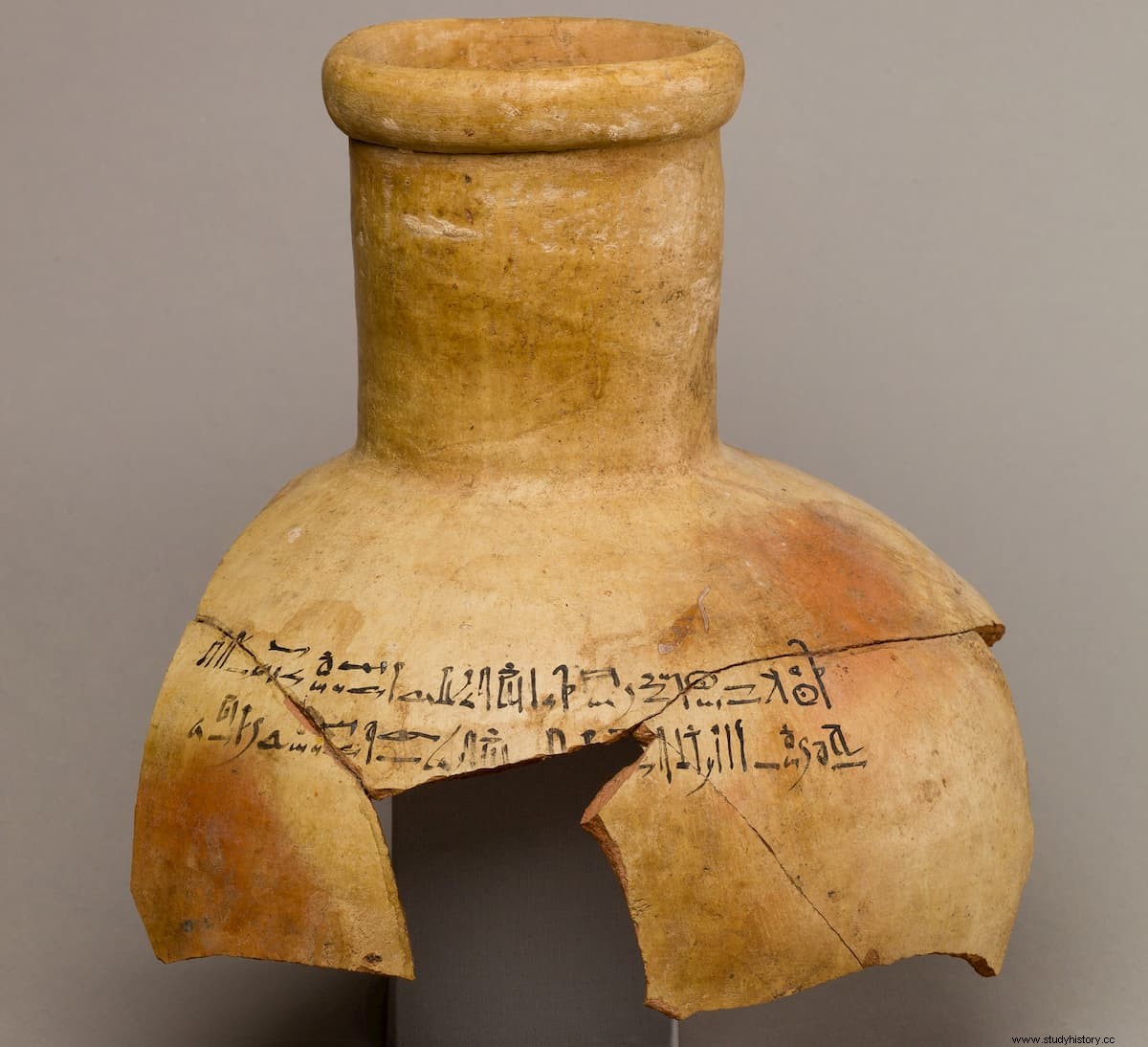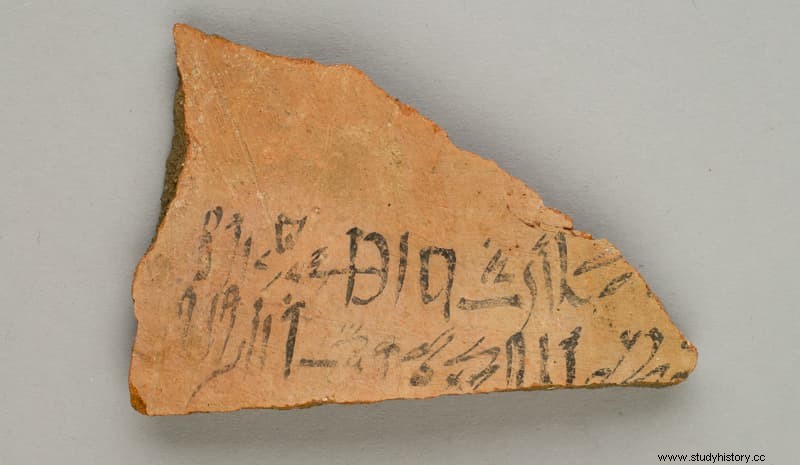It may seem strange to many that Egypt is today one of the largest wine producers in the world, with an annual amount similar to that of Britain. But the fact is that wine production has been linked to Egypt for many centuries.
Obviously it was not the ancient Egyptians who invented it. Archaeologists have placed the beginnings of its production in a large area south of the Caucasus, between present-day Georgia, Turkey, Armenia and Iran, between 8,000 and 5,000 BC.
During the Bronze Age, both the cultivation of grapes and the production of wine spread throughout Asia and Europe, reaching China and the Iberian Peninsula, where the Phoenicians found vineyards upon their arrival. And of course the new drink was incorporated into trade and mercantile routes throughout the ancient world.

In Egypt a whole wine industry arose from the 27th century BC, probably imported from Canaan, during the third dynasty.
The Egyptians controlled the wine routes between 1550 and 1070 BC. In order to be able to transport and preserve the wine safely, they introduced for the first time standardized amphorae sealed with joints of reeds and mud and coated with pitch inside, which prevented it from spoiling on long journeys. Some of these amphorae, still containing wine, were found in the tombs of Semerkhet and Tutankhamun.
The Egyptian people preferably consumed beer, leaving wine reserved for the pharaoh, the priests and the upper classes, except on special dates, such as the festivals of the goddess of the grape harvest, Renenutet, or that of Hathor. According to Plutarch, the Egyptians thought that wine was:

With the wine trade, marking also arose, which initially only identified the contents of the amphorae. Thus, the oldest is a Babylonian cylindrical seal from about 6,000 years ago, which was used to stamp the amphorae indicating that they contained wine (and which represents a group of people in a happy attitude, how could it be otherwise). /P>
But the Egyptians added a whole series of information to these marks, creating what are considered to be the oldest known wine labels. The labeling of the amphorae was done directly on the wet clay, or ostraca were used. (hand-written limestone, earthenware or ceramics).

They included one or more of the following data:
- The year the wine had been presented to the pharaoh, which used to coincide with the year of production.
- Its quality, which ranged from genuine to well and very good .
- The occasion on which it had been introduced, for example, the new year festivals.
- The geographic region where it had been produced.
- The name of the owner of the vineyards (most are named after the corresponding pharaoh, as the vineyards were mostly royal property).
- The name or title of the person who offered the wine to the pharaoh.
- The name of the chief viticulturist.
- And sometimes the capacity of the container.
Interestingly, from the amphorae with wine found in Tutankhamun's tomb, the researchers were able to verify that the Egyptians kept a record of the years with the best harvests, since only wine from certain specific years was buried with the pharaoh.

They also appreciated vintage wines, as the contents of some amphorae were 200 years old by the time they were deposited as funerary offerings in the tombs. The oldest of all were found in the tombs of Horus Scorpion II and Narmer in Abydos, from the end of the fourth millennium BC
